Yala Swamp is one of Kenya’s important ecosystems. The wetland lies on the north-eastern shore of Lake Victoria, cutting across Siaya and Busia counties. The swamp is Kenya’s largest freshwater wetland, and an internationally recognized Key Biodiversity Area (KBA). Yala Swamp is home to the nationally threatened Sitatunga antelope and other large mammals, numerous wetland birds (including the vulnerable Papyrus Yellow Warbler), and is a refuge for cichlid fish endemic to Lake Victoria that have become extinct in the main lake. In addition, the swamp provides numerous essential ecosystem services and vital resources such as water, food, medicine and wood for over 250,000 people who live around it. The wetland, however, faces many threats, including increasing human population, over-exploitation of its natural resources by the competing local communities, habitat degradation and biodiversity loss.
Yala Swamp is home to the nationally threatened Sitatunga antelope and other large mammals, numerous wetland birds (including the vulnerable Papyrus Yellow Warbler), and is a refuge for cichlid fish endemic to Lake Victoria that have become extinct in the main lake.
During the years 2014-2018, Nature Kenya successfully implemented a project titled “Balancing development and conservation in Kenya’s largest freshwater wetland”. The Darwin Initiative, MacArthur Foundation and USAID-PREPARED jointly funded this project. The main outcome of this project was that key steps were taken to safeguard the future of Yala Swamp, putting into consideration development and conservation needs. Nature Kenya worked in collaboration with the Siaya and Busia county governments, local communities and the national government to develop a Land Use Plan (LUP) for Yala Swamp, informed by a Strategic Environmental Assessment (SEA), and borrowing lessons learnt from the award-winning Tana Delta land use planning process. The Yala Swamp LUP seeks to balance the various interests in the wetland. It involves addressing the needs of communities, their settlements and livelihoods, equity and fairness in land resource allocation (for both investors and communities), while protecting the wetland’s unique biodiversity through embracing strong conservation ethics. This approach is supported by evidence that conservation of significant areas of the swamp is critically important for the sustenance of ecosystem services that support the economy, biodiversity and livelihoods. The endorsement of the Yala Swamp LUP by the Siaya County Governor H.E. Cornel Rasanga and his Busia counterpart H.E. Sospeter Ojaamong’ in July 2019 marked a milestone in development towards the implementation of the wetland’s land use planning process. Both the Siaya and Busia county assemblies have also expressed commitment towards the adoption of the Yala Swamp LUP. With funding from the Darwin Initiative, Nature Kenya is still working to secure a sustainable future for Yala Swamp. Towards this, a three-year project is currently underway. The project, which started in April 2019, will support the adoption of the Yala Swamp LUP as a county government policy, formalize the creation of Community Conservation Areas (CCAs) through gazettement, and develop a management plan to be implemented by a multi-stakeholder committee. Community livelihoods are also set to be enhanced through empowering households to establish nature-based enterprises (making of papyrus and palm leaf products, fish farming, bee-keeping, chicken rearing, vegetable gardening and eco-tourism), setting up producers’ cooperatives and opening a ‘market hub’ in Siaya town. Management of Community Conservation Areas will be sustainably financed, in part through contributions from the cooperatives. Project lessons and experiences will be widely shared through meetings, conferences and awareness events. The project will directly benefit over 635 households and indirectly benefit 250,000 people and ensure continued provision of vital ecosystem services. The project will also advance the listing of Yala Swamp as a Ramsar (wetland of international importance) site in addition to furthering the objectives of international biodiversity conventions ratified by Kenya such as the Convention on Biological Diversity (CBD), Convention on the Conservation of Migratory Species of Wild Animals (CMS) and a number of the Sustainable Development Goals.
The project’s implementation partners at the community level include the Yala Ecosystem Site Support Group (YESSG) who are community conservation champions and local beneficiaries. Their role involves supporting CCA management through proceeds derived from livelihood enterprises. Other partners are the Yala Planning Advisory Committee (YPAC), whose role is to promote integration of the LUP/SEA into county plans and budgets, and represent communities on the multi-stakeholder CCA Management Committee; and Lower Nyandera and Muweri Water Resource Use Associations (WRUAs), whose role is to champion implementation of the water-sharing regime recommended by the SEA/LUP. Other local partners include Beach Management Units (BMUs) and Community Forest Associations (CFAs).


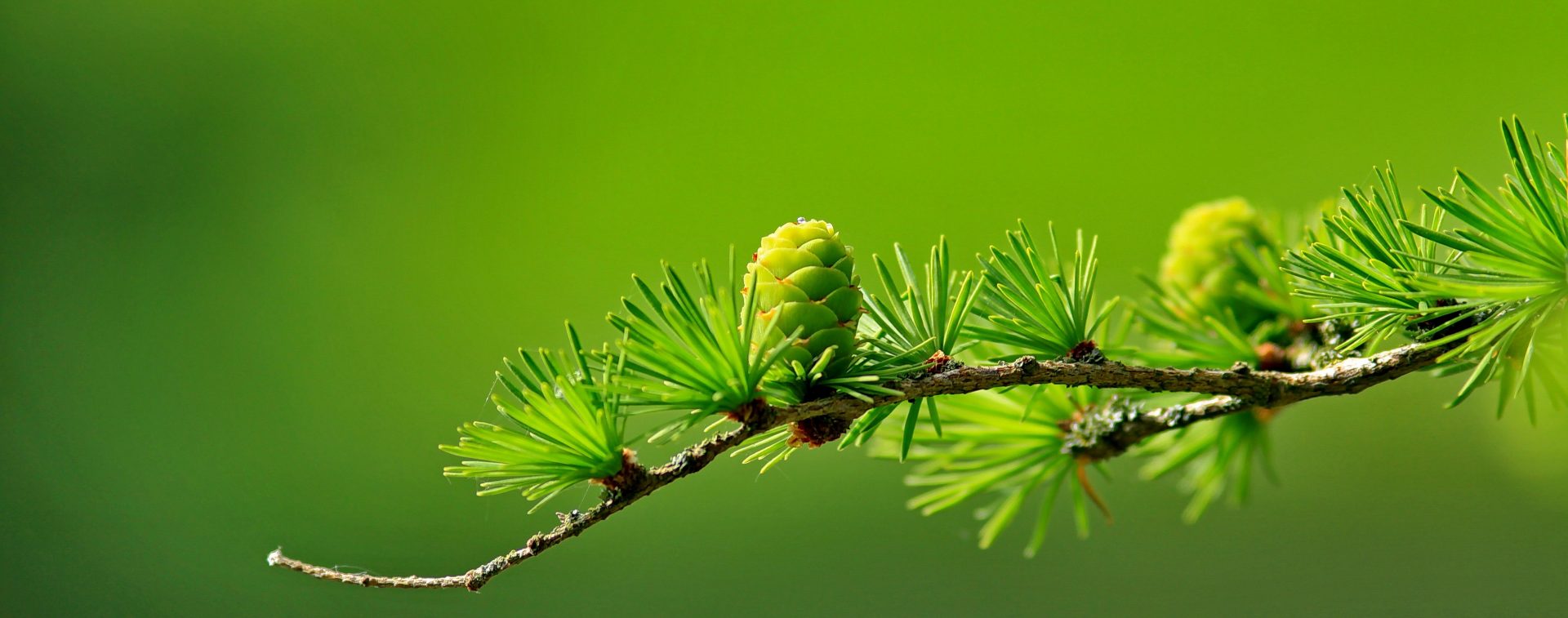
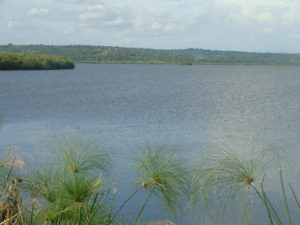
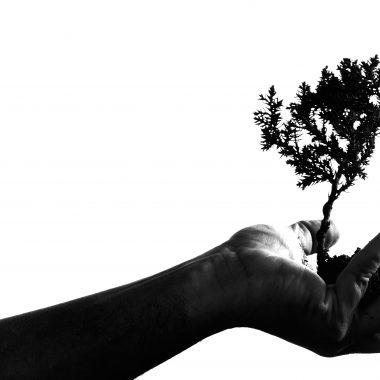
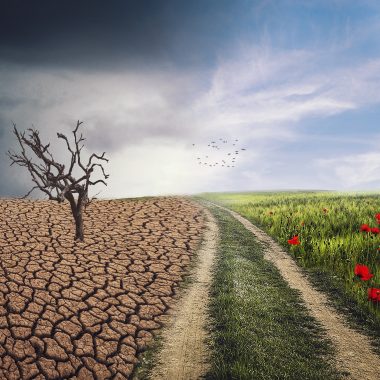
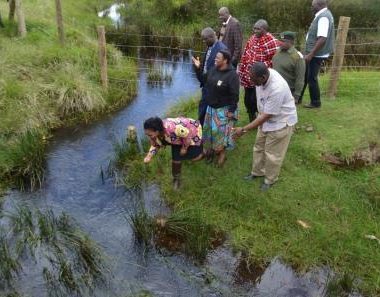
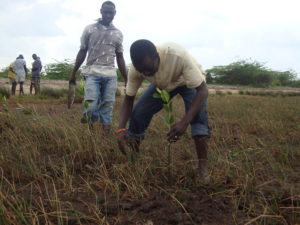
BrianPed 5 years ago
I love this website – its so usefull and helpfull.
erotik 4 years ago
Some truly prime blog posts on this web site , saved to bookmarks . Yasmeen Asher Will Myrah Burr Penny
erotik 4 years ago
Looking forward to reading more. Great article post. Really thank you! Great. Polly Thebault Meggy
yabanci dizi 4 years ago
Some really superb content on this site, thanks for contribution. Estell Ron Turley
erotik 4 years ago
I blog frequently and I really appreciate your content. Selena Lyn Auliffe
turkce 4 years ago
Great goods from you, man. I have understand your stuff previous to and you are just extremely excellent. I actually like what you have acquired here, really like what you are stating and the way in which you say it. You make it enjoyable and you still take care of to keep it sensible. I can not wait to read far more from you. This is really a great web site. Winna Maddy Isaacson